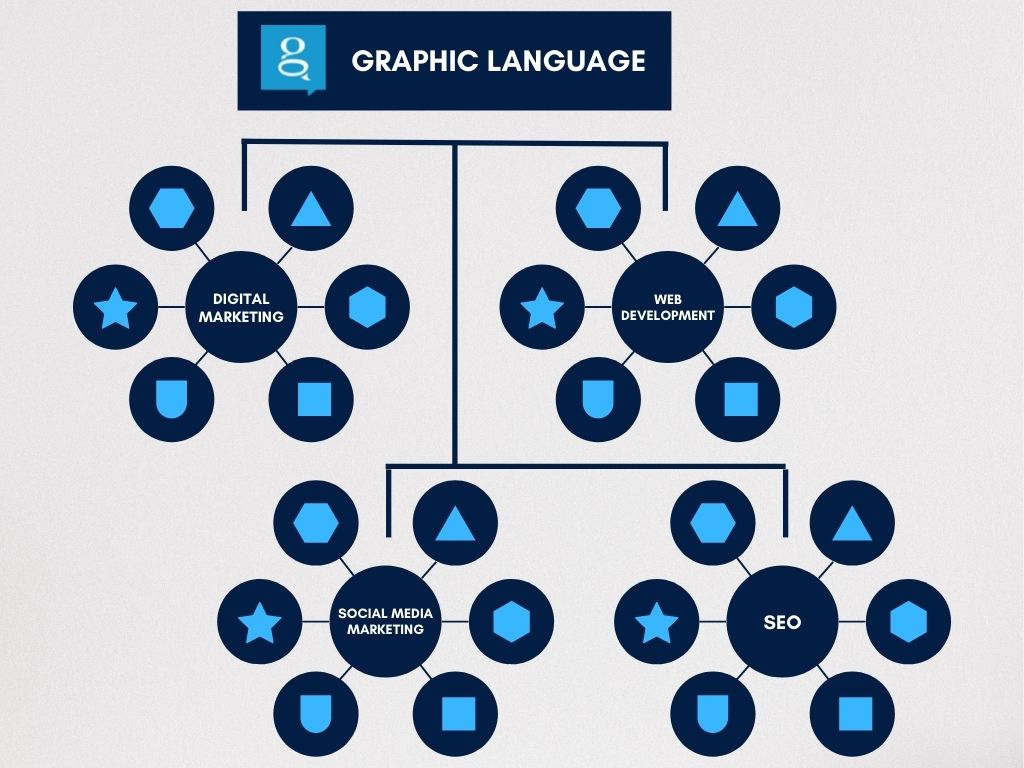All builders want to rank at the top of page one on Google for a variety of different search terms, but competition is fierce with other builders, listing sites and real estate brokerages. So how do you cut through the noise and clutter and rise to the top of the rankings for multiple keywords? With one of the most powerful tools: pillar pages.
Pillar pages are a central hub of content about a particular topic. They can supercharge your search engine rankings and content marketing strategy. We’ll be breaking down what pillar pages are and how they can boost your SEO performance (and your content marketing strategy).
What is a pillar page?
Pillar pages broadly cover a specific topic, with supporting pages (or topic clusters), covering a related aspect of that topic in detail. Those topic clusters link back to the main topic page. Think of it like a wheel: the pillar page is the central hub with each related topic representing a spoke. Here’s a visual representation of pillar pages.

The purpose of a pillar page is to demonstrate topical authority. As mentioned in our post about Google’s E-A-T framework, showing you have domain expertise provides a boost to your search engine rankings.
While pillar pages provide a high-level overview of a particular topic, they’re most helpful in reaching people in the middle of the funnel, during the interest or consideration stage of the buyer’s journey. They provide users with additional information needed to make decisions and move them into the next stage.
What are topic clusters? Topic or content clusters are a pillar page’s secret weapon. Each cluster dives deep into a related subtopic to the pillar page. They allow you to go into deeper detail than you’re able to on your pillar page.
Why pillar pages are important
Since the Hummingbird update, Google has been focused on topical authority. Their main goal is to better understand what users are searching for and deliver reputable and accurate information it feels will be helpful. That’s where pillar pages shine brightest.
Pillar pages and topic clusters work together to provide Google with the information it needs to understand what a particular page is about and how it answers search queries. Once this is known, that page can be recommended in search results for the appropriate queries.
Secondly, after reading a pillar page, buyers will have a better understanding of how you, as a home builder, can solve their problems and how they will benefit from buying from you. This not only builds trust with buyers but also increases your topical authority and expertise, which can boost your visibility in future search results.
How pillar pages affect SEO
While pillar pages are helpful for organization, they’re also known for boosting SEO and increasing traffic to your website. Here’s how:
Display expertise: As noted earlier, pillar pages and topic clusters work together to showcase your domain knowledge on a specific topic. Google prioritizes showing information from known experts in a field so your website will be rewarded with improved rankings when it recognizes you as a trusted source of information.
Improve site structure: Google’s algorithm considers your entire website when crawling to understand how it fits together. By developing an effective pillar page strategy, you’ll make it easier for Google to figure out what your content is about and which pages will be best for a given search result.
How to create pillar pages
Ready to get started on creating a pillar page strategy for your content? Here’s how to get started:
Define primary topics
Decide which topics you want your website to rank for. Think beyond just keywords; consider your audience and the common interests and challenges they face that you’re able to solve for them. Select a topic that is broad enough that offers several subtopics that can be used as topic clusters.
Pillar pages should answer any question a user may have and offer additional resources when they want to learn more. For example, consider creating a guide for first-time homebuyers that provides a broad overview of what to expect when buying a home. Your topic clusters can include specific aspects of homebuying including: knowing when you’re ready to buy, financing/mortgages, how to find a builder, how to know what you want in a new home, your specific buying process, and what to expect after moving in.
Do keyword research
Tools like Google Search Console or Answer the Public can help you uncover possible search queries for your topic clusters. This will help you find out what and how users are searching to find information related to your topics and identify potential content clusters. Even Google’s autocomplete suggestions and related searches at the bottom of the search result pages can be used.
Create your pillar page
When it comes to writing your pillar page, it’s important to focus on what users want to know when they search for your chosen keywords or topics. Don’t fall into the trap of just talking about yourself in relation to that topic. Users want information about that topic; not just you.
Start by identifying possible questions people would want to know when structuring your content. This page is meant to be a comprehensive guide. You can either update existing content if you’ve been writing on a specific topic for several years or start fresh. When writing, your pillar page should include the following:
- Concise introduction, preferably with the definition of your topic to take advantage of Google’s featured snippets.
- Easily scannable format with content sections broken up by visuals like headings, subheadings, images, videos, infographics, or quotes
- Links for topic clusters to more in-depth content
- Calls-to-action if needed
If you have a long pillar page, consider creating a table of contents with jump links so users can quickly navigate to the section they’re interested in.
Write your cluster pages
The limit does not exist when it comes to topic clusters. It’s fair game as long as it’s relevant to your audience and the topic. The goal is to create a network of pages around a specific topic that invites users to explore.
The order you choose to write your pillar and cluster pages doesn’t matter. Choose the option that makes it easier for you. You may find sections you can go into detail on while outlining and writing your pillar page. Or you may find that writing your in-depth topic cluster first makes it easier to summarize in your pillar page. Whichever option you choose, just remember that your pillar page shouldn’t include too much information, otherwise making your cluster page redundant.
Link everything back to the pillar page
Interlinking makes pillar pages so effective. Whenever you create a piece of content related to the pillar page, be sure to link back to that page.
Pillar pages are worth the effort
A strong pillar page takes time and effort to develop but can reap the rewards in terms of SEO performance for years to come. Creating pillar pages will help you establish yourself as an authority.
Do you need help with your search engine optimization strategy? Graphic Language has over 25 years of experience crafting effective SEO strategies that elevate your website in search results. We can guide you through the process or help develop pillar pages for you. Contact us to schedule a SEO audit today.
